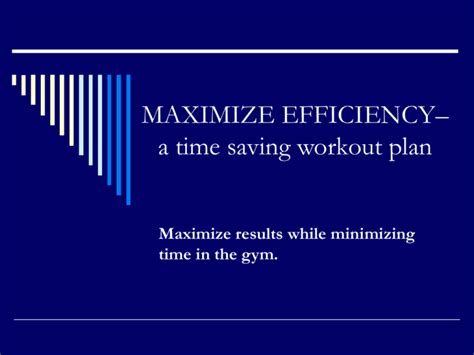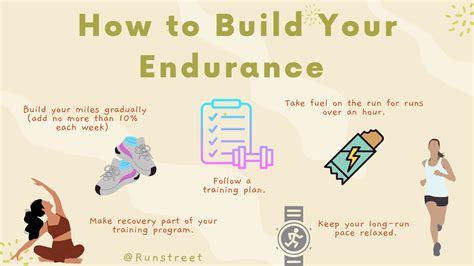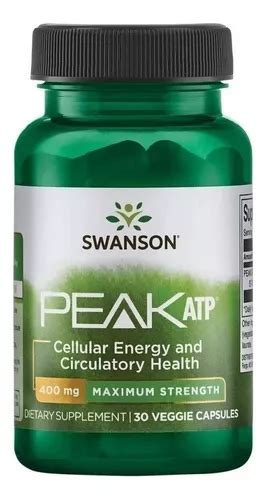Unlock peak performance: How to optimize workout recovery for faster gains?

Why Recovery is the Unsung Hero of Your Fitness Journey
Many fitness enthusiasts obsess over their workouts – the reps, the sets, the intensity. While consistent effort is undoubtedly crucial, true progress and peak performance aren’t just built in the gym; they’re forged during recovery. Optimal recovery isn’t merely about feeling less sore; it’s about repairing muscle tissue, replenishing energy stores, adapting to stress, and ultimately, growing stronger. Neglecting recovery is like trying to build a house without letting the cement dry – eventually, it crumbles. Understanding and implementing effective recovery strategies is the secret weapon for unlocking faster gains and preventing burnout.

The Science Behind Effective Recovery
When you exercise, especially intensely, you create microscopic tears in your muscle fibers. This isn’t a bad thing; it’s the stimulus for growth. Your body then initiates a complex repair process, using protein to rebuild these fibers stronger and denser than before. Simultaneously, your glycogen stores (the body’s stored form of carbohydrates) are depleted, and your central nervous system experiences fatigue. Effective recovery protocols are designed to facilitate these repair and replenishment processes, ensuring your body can adapt positively to the training stress.
Key biological processes during recovery include:
- Muscle Protein Synthesis (MPS): The process of creating new muscle proteins to repair and build muscle.
- Glycogen Resynthesis: Replenishing muscle and liver glycogen stores.
- Hormonal Regulation: Balancing cortisol (stress hormone) and growth hormones.
- Nervous System Recuperation: Allowing your central and peripheral nervous systems to recover from exertion.
Pillars of Optimal Workout Recovery
1. Prioritize Quality Sleep
Sleep is arguably the most critical recovery tool. During deep sleep stages, your body releases growth hormone, which is vital for muscle repair and growth. It’s also when your brain consolidates memories, your immune system recharges, and your nervous system recovers. Aim for 7-9 hours of uninterrupted, high-quality sleep per night. Establish a consistent sleep schedule, create a dark, cool, and quiet sleep environment, and limit screen time before bed.

2. Master Your Nutrition
What you eat directly fuels your recovery. Focus on a balanced intake of macronutrients and micronutrients.
- Protein: Essential for muscle repair and growth. Aim for 1.6-2.2 grams of protein per kilogram of body weight daily, distributed throughout the day, including a post-workout dose.
- Carbohydrates: Replenish depleted glycogen stores. Consume complex carbohydrates, especially after intense workouts, to restore energy levels.
- Healthy Fats: Support hormone production and reduce inflammation.
- Hydration: Water is crucial for metabolic processes, nutrient transport, and temperature regulation. Dehydration can severely impair recovery and performance.
- Micronutrients: Vitamins and minerals play countless roles in recovery, from supporting immune function to energy production. Ensure a diet rich in fruits and vegetables.
3. Incorporate Active Recovery and Mobility
While rest is important, complete inactivity can sometimes prolong soreness. Active recovery involves low-intensity exercise (e.g., light walking, cycling, swimming) that increases blood flow without adding significant stress. This helps flush out metabolic byproducts and deliver nutrients to damaged tissues. Mobility work, such as stretching, foam rolling, and yoga, improves range of motion, reduces muscle stiffness, and can alleviate tightness, preventing injuries.

4. Manage Stress Effectively
Chronic stress, whether physical or psychological, elevates cortisol levels, which can hinder muscle growth and recovery. High cortisol can also lead to poor sleep and increased inflammation. Incorporate stress-reducing practices into your daily routine, such as meditation, deep breathing exercises, spending time in nature, or engaging in hobbies. A relaxed body and mind recover more efficiently.

Practical Strategies for Faster Gains
- The Anabolic Window: While the idea of a strict 30-minute post-workout window is largely debunked, consuming protein and carbohydrates within 1-2 hours after training is beneficial for initiating muscle repair and glycogen resynthesis.
- Listen to Your Body: Pay attention to signs of overtraining, such as persistent fatigue, decreased performance, irritability, and prolonged soreness. Don’t be afraid to take an extra rest day or deload when needed.
- Warm-up and Cool-down: A proper warm-up prepares your body for exercise, while a cool-down helps gradually return your heart rate to normal and can include light stretching to improve flexibility.
- Contrast Therapy (Optional): Some individuals find benefits from alternating hot and cold exposure (e.g., cold showers, ice baths, saunas) for reducing inflammation and improving circulation, though scientific evidence for its direct impact on muscle growth is mixed.

Conclusion: Make Recovery a Non-Negotiable Part of Your Training
Optimizing workout recovery isn’t just an optional add-on; it’s a fundamental component of any successful training program. By diligently addressing sleep, nutrition, active recovery, and stress management, you provide your body with the ideal environment to repair, adapt, and grow stronger. Embrace recovery as an active part of your journey, and you’ll not only unlock faster gains but also sustain peak performance, reduce injury risk, and enjoy a more resilient and rewarding fitness experience for years to come.







